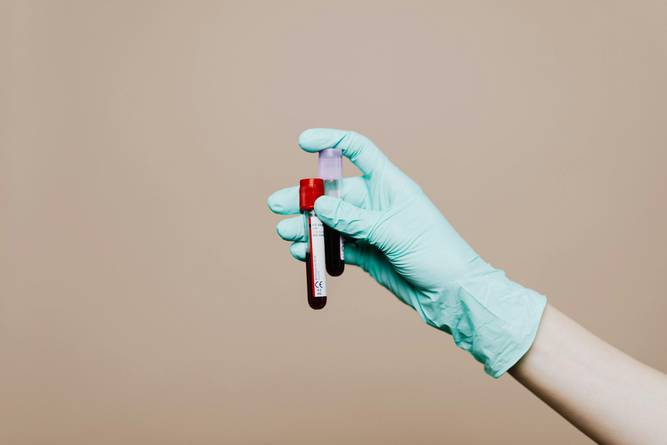Are you considering a career in healthcare that offers both stability and the chance to make a difference? Phlebotomy might just be the perfect fit for you! With the demand for skilled phlebotomists on the rise, now is the ideal time to dive into this rewarding field. In this blog, we’ll explore the essentials of starting your blood-drawing career in 2024, including training requirements, job prospects, and salary expectations. Let’s get started! ?

What is Phlebotomy?
Phlebotomy is the practice of drawing blood from patients for various medical purposes, including tests, transfusions, and donations. Phlebotomists play a crucial role in the healthcare system, ensuring that blood samples are collected safely and efficiently. According to the U.S. Bureau of Labor Statistics, the employment of phlebotomists is projected to grow by 10% from 2022 to 2032, which is faster than the average for all occupations. ?
Training and Certification
To become a phlebotomist, you typically need to complete a training program and obtain certification. Here’s a breakdown of the steps involved:
| Step | Description | Duration | Cost (Approx.) |
|---|---|---|---|
| 1 | Complete a Phlebotomy Training Program | 4-8 weeks | $1,000 - $3,000 |
| 2 | Gain Clinical Experience | 100-200 hours | Included in training |
| 3 | Obtain Certification (e.g., ASCP, NHA) | Varies | $100 - $200 |
| 4 | Apply for Jobs | Ongoing | Free |
The cost of training can vary significantly based on the institution and location. Many community colleges and vocational schools offer affordable programs, while online courses are also available for those who prefer flexibility. For more information on training programs, you can check out Phlebotomy Training Online.
Job Prospects and Work Environment
Phlebotomists can find employment in various settings, including hospitals, clinics, blood donation centers, and laboratories. Here’s a look at the job prospects in different environments:
| Work Environment | Percentage of Employment | Average Salary (Annual) |
|---|---|---|
| Hospitals | 40% | $37,000 |
| Blood Donation Centers | 25% | $35,000 |
| Laboratories | 20% | $38,000 |
| Clinics | 15% | $36,000 |
As you can see, hospitals employ the largest percentage of phlebotomists, but blood donation centers and laboratories also offer great opportunities. The average salary for phlebotomists varies by location and experience, but it generally ranges from $30,000 to $45,000 per year. ?
Skills Required for Success
To excel in phlebotomy, certain skills are essential. Here are some key attributes that successful phlebotomists possess:
- Attention to Detail: Ensuring accurate blood collection and labeling is crucial.
- Communication Skills: Interacting with patients and healthcare professionals effectively.
- Compassion and Empathy: Making patients feel comfortable during the procedure.
- Technical Skills: Proficiency in using various blood collection equipment.
The Future of Phlebotomy
As technology advances, the field of phlebotomy is evolving. Innovations such as automated blood collection devices and telehealth services are changing how phlebotomists work. Staying updated with the latest trends and technologies is vital for career growth. For those interested in furthering their education, pursuing a degree in medical technology or nursing can open additional career paths.
Conclusion
Starting a career in phlebotomy in 2024 is an exciting opportunity filled with potential. With a growing job market, competitive salaries, and the chance to make a positive impact on patients' lives, it’s a field worth considering. If you’re ready to take the plunge, explore training programs and certification options today! ?
For more resources and information on phlebotomy, visit Phlebotomy Career Training and start your journey towards a fulfilling career in healthcare!



